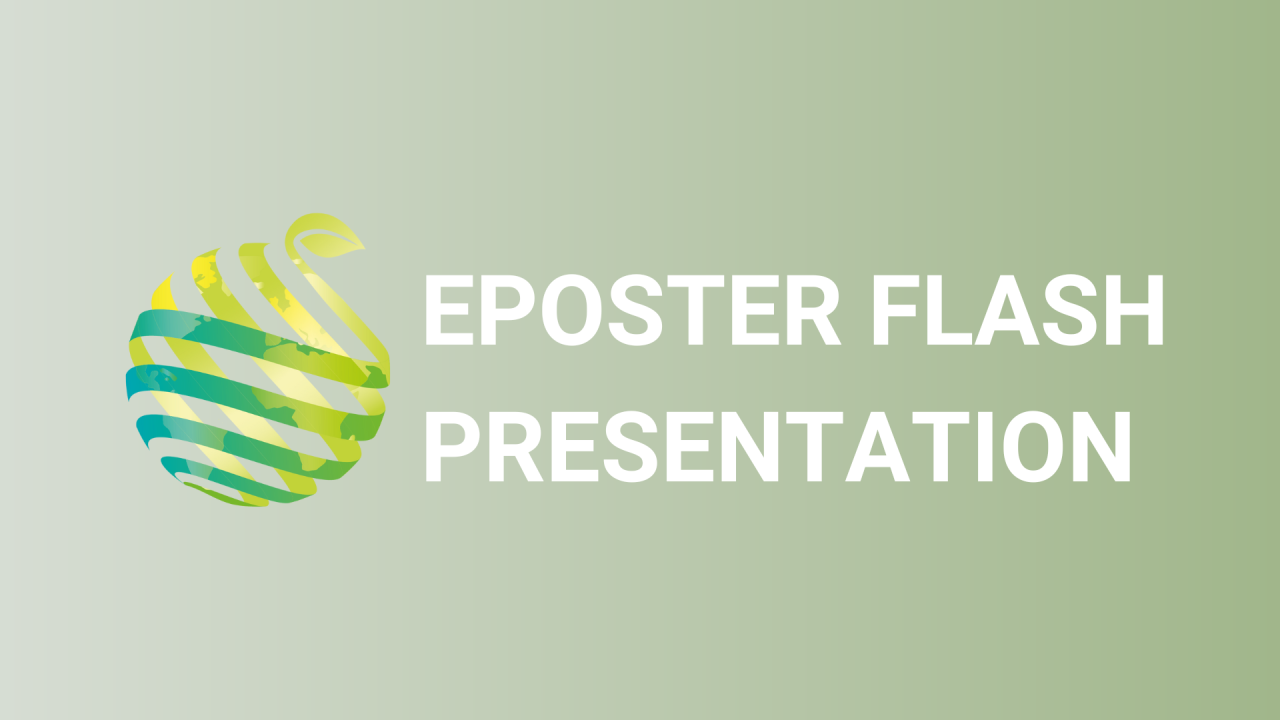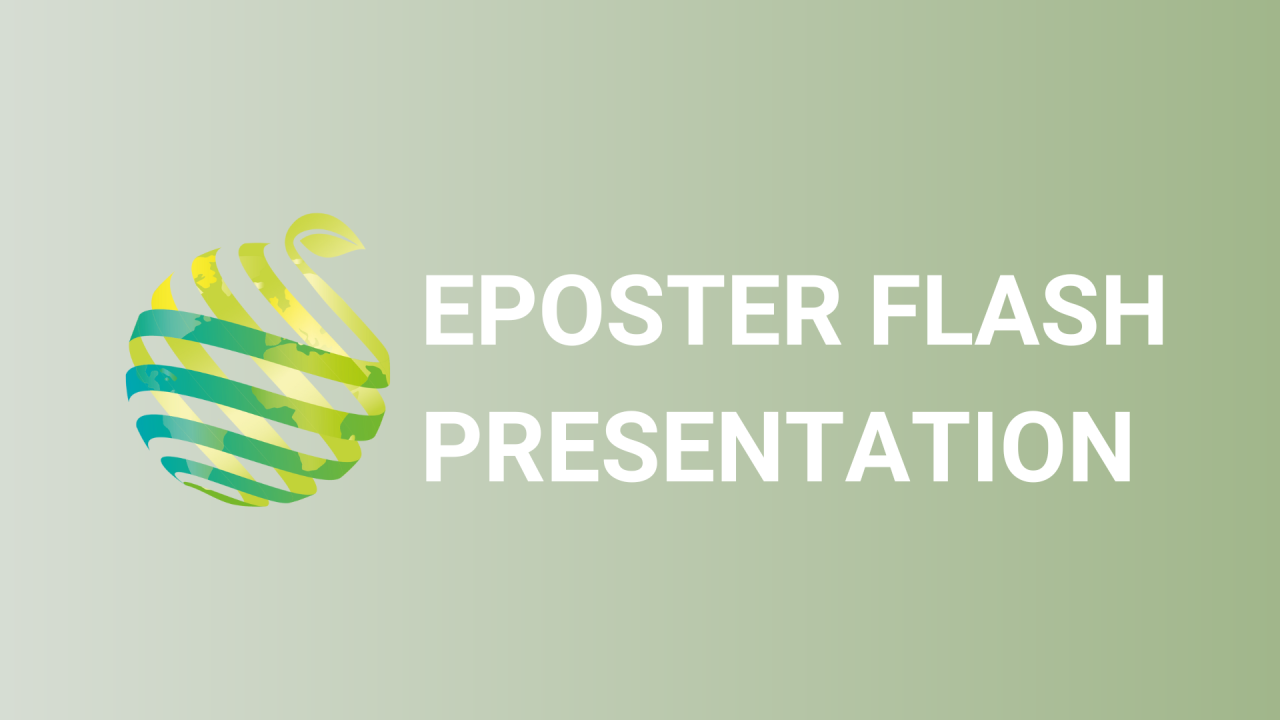

S25 - Session P1 - Targeted water stress treatments on the antityrosinase of Greyia radlkoferi
Information
Authors: Malele Joseph *, Gehard Prinsloo, Riana Kleynhans, Babalwa Matsiliza-Mlathi
Greyia radlkoferi is a South African native tree. The leaf extracts have been shown to effectively treat skin hyperpigmentation in humans with an antityrosinase IC 50 value 17.86µg/ml. However, there are differences in activity levels among the population of plants, with some having higher activity levels and others having lower activity levels. It is critical to generate high-quality materials with consistent activity for the long-term production of cosmeceutical products. The impact of targeted water stress before harvesting on G. radlkoferi was examined on four different plant ages ranging from one year to four years old. Four water stress treatments were applied: (1) severe stress (12 days without water), (2) moderate stress (8 days without water), (3) mild stress (4 days without water), and (4) control. Treatments were replicated six times in a RCBD with five plants per experimental unit. Data for gaseous exchange were taken after the onset of water stress. Bottom and top leaves were harvested to measure the relative water content. Antityrosinase activity was evaluated using mushroom tyrosinase and kojic acid as a control.Water relative content, stomatal conductance, internal carbon dioxide concentration, and water use efficiency all showed no significant differences. Photosynthesis, transpiration rate, and antityrosinase showed significant variations. On moderate stress there was a decrease in photosynthesis and transpiration rate. When compared to kojic acid (IC 50 5.38µg/ml), all treatments had significantly lower antityrosinase activity. Material collected from the bottom of 4-year old, severely stressed plants had the best tyrosinase inhibition values (19.66µg/ml) while the worst activity was observed from bottom collected 4-year old, mildly stressed (49.61µg/ml) trees. Water stress decreased photosynthesis and transpiration rate under moderate stress conditions. The bioactivity of G. radlkoferi was not improved by using targeted water stress treatments, as the same variation in IC 50 value of 19.66µg/ml to (49.61µg/ml) was still observed.